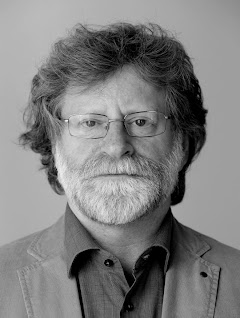Beat
News, politics, sport
One Shot

“Getting airborne can happen quite often in ice hockey but still Malkin remained in control of the stick and the puck. It happened very quickly and I managed to capture this split-second event.”
Profile
My earliest memory of photography was my dad trying to teach me how to set aperture and exposure properly. Perhaps that was too soon, as I remember just wanting to go and play football.
Later on I became crazy about photography and couldn’t think about anything else.
I started out as an assistant to a commercial photographer.
My first assignment was a stroke of luck. A fellow photographer who worked for a very popular newspaper in those days asked me to cover for him while he was on holiday. I ended up covering the first democratic protest rally in Moscow, when about a million people showed up. For pictures it looked great: rain, umbrellas, police lines …
It was a real scramble when I returned to the office. I had to ready the prints urgently for publication the same day. Other than the time pressure, I also had no idea what a newspaper would need from a demonstration. So I made several prints. About 15 minutes later I heard the voice of the executive secretary next to the darkroom (he had never come to this part of the newspaper building before). “Who took these pictures?” he asked. I thought it was the beginning and end of a very brief career in journalism.
I was proved wrong. I got my first front-page photo and went on to work for the newspaper. That experience taught me not to give up.
The assignment that left the biggest mark on me was in the early 1990s to Shaumyan, an Armenian enclave north of the breakaway Nagorno-Karabakh region in Azerbaijan. What started as a one-day return helicopter trip from the Armenian capital, Yerevan, turned into a two-week assignment.
It was an amazing experience to work in that environment. What I learnt then helped me a great deal in other coverage afterwards. In the days before digital photography, I also had to make some very difficult choices while I eked out my last roll of film.
Stories about daily life excite me most. Once I documented a dying village where young people had moved away to the cities in search of work. The residents were very welcoming and friendly, but for some reason they seemed only to meet up once a week when the mobile shop arrived. Then they would go back to their own homes until the following week.
I also love to shoot sports photos as there’s always the opportunity to take a picture that’s a little different from what’s been done before.
The person I most respect is our chief photographer in Moscow from the early 1990s, Frederique Lengaigne. She showed great patience and tact.
My biggest lesson has been that it’s not enough to shoot the picture - you need to publish it quickly and give our clients what they need.
The ability to tell a story in one frame, as well as multimedia, will keep photojournalism alive.
